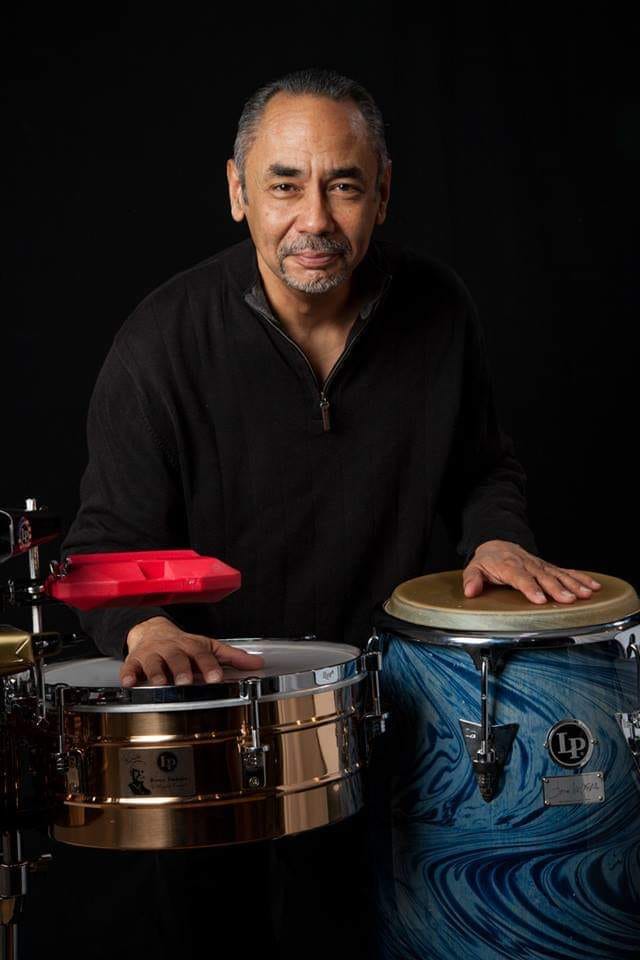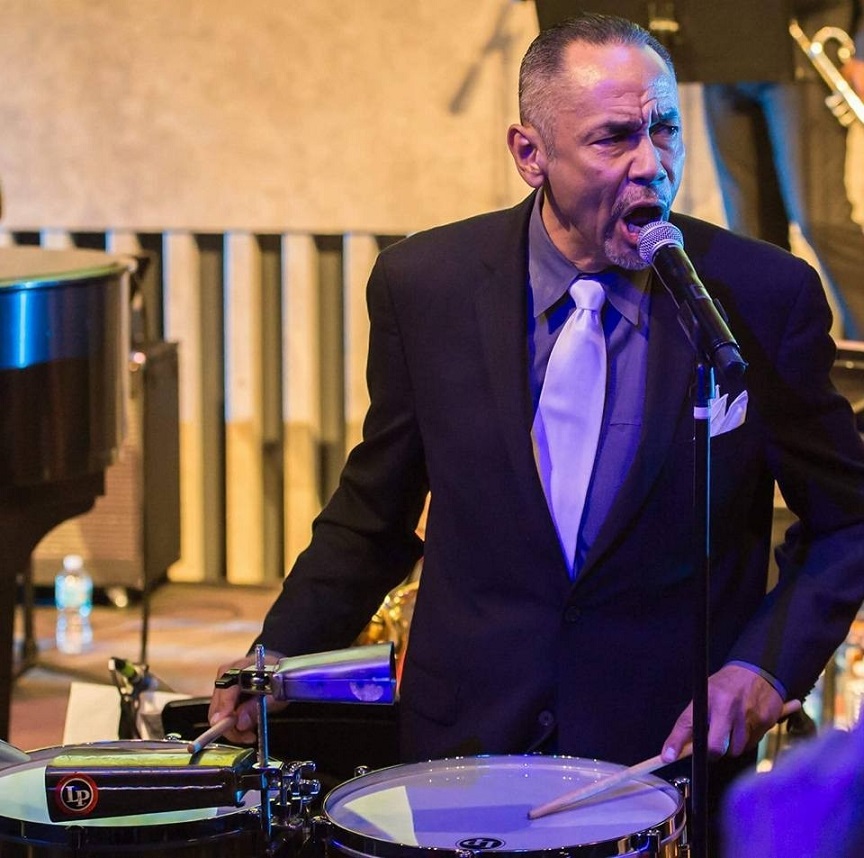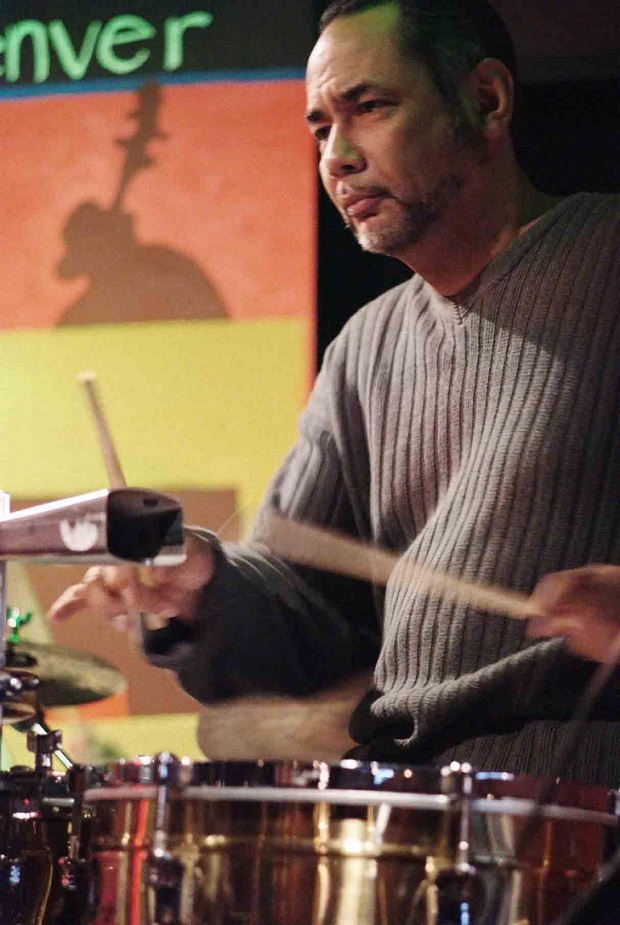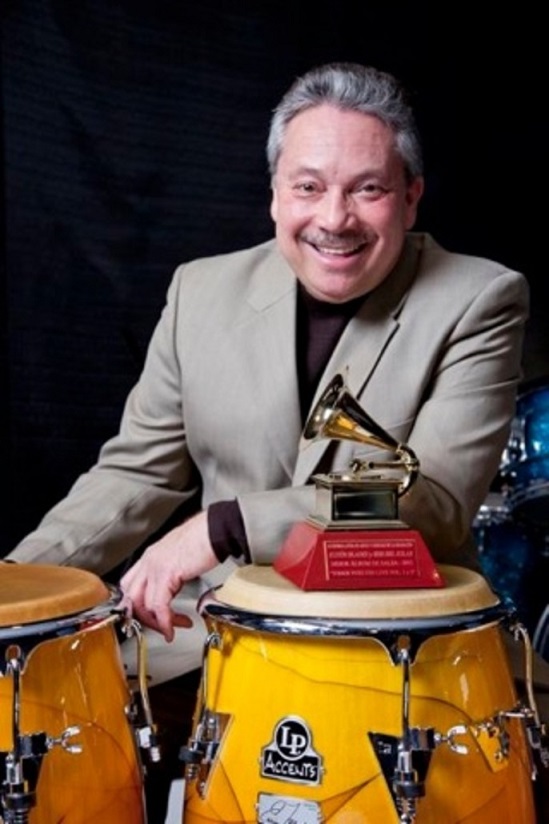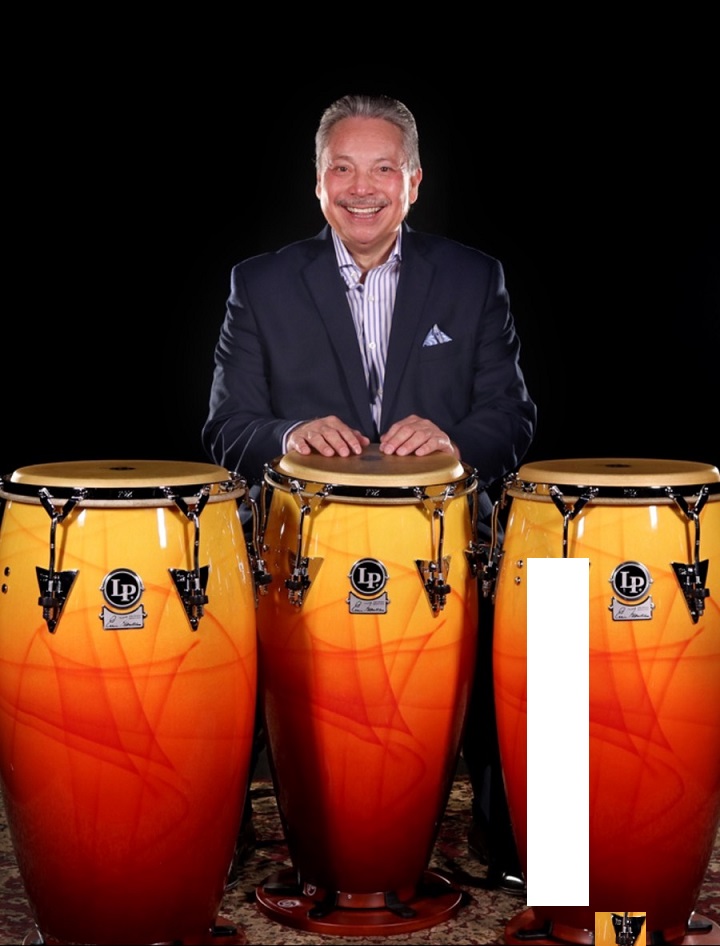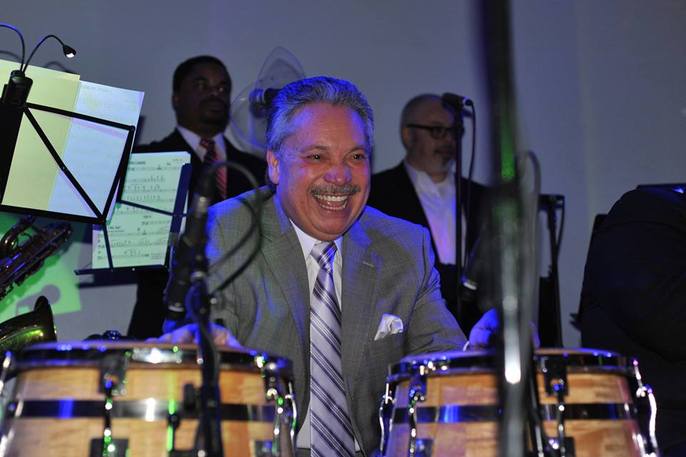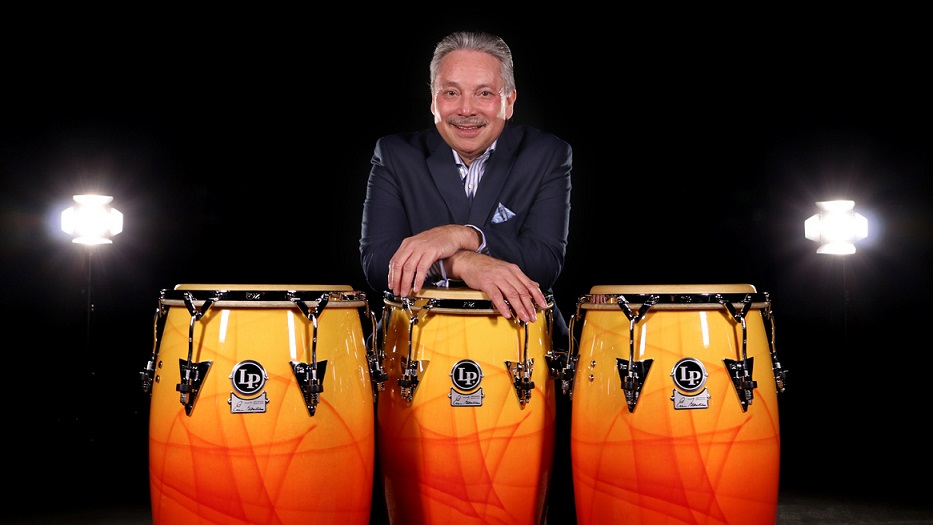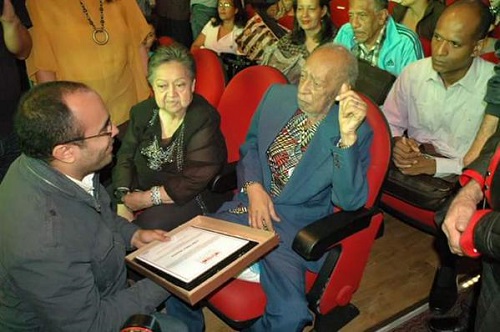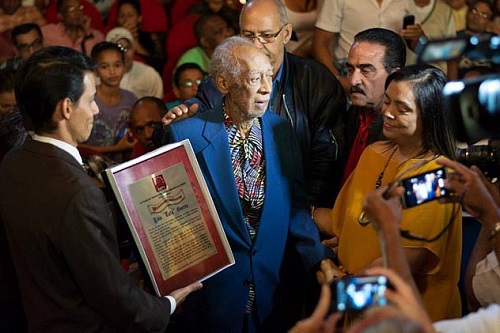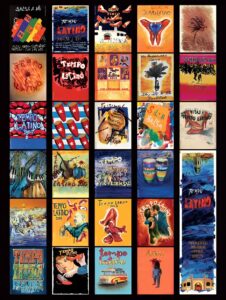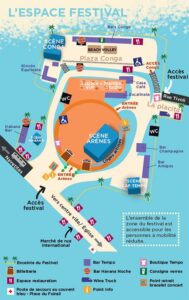North America / United Stated / Washington DC
ISM Recommends “CHRISTMAS AT NOTRE DAME”, “ULTIMATE DUETS”, and “LIVE AT YOSHI’S” of the “Trumpet Legend” to enjoy in the comfort of your home

Here is already a month left for December and with it the fast and multiple purchases, in addition to the Christmas gifts that you should not leave for last. What a headache for some people! It’s for that we are going to recommend you the elite gift, three Latin Jazz albums by Arturo Sandoval with which you will be 100% a lord and you will not disappoint even your “Secret Santa”.
- ULTIMATE DUETS
Ten-time Grammy winner Arturo Sandoval released his more recent album “Ultimate Duets” in 1998. Marking the continuation of a distinguished four-decade catalog of over 30 groundbreaking titles, the album finds renowned artists from the worlds of Pop, Jazz, Classical, and Latin music coming together for the Cuban maestro’s first duets.
At the outset of recording, Arturo with more than 40 years making music, wanted to make a CD with singers that perhaps nobody has related to Jazz, so he made a list with more than 20 names of artists that he admired deeply but who sing different genres and then simply asked each participant to suggest a favorite song they would like to reimagine with the “Trumpet Legend”, and the results are absolutely amazing as the list of collaborators.
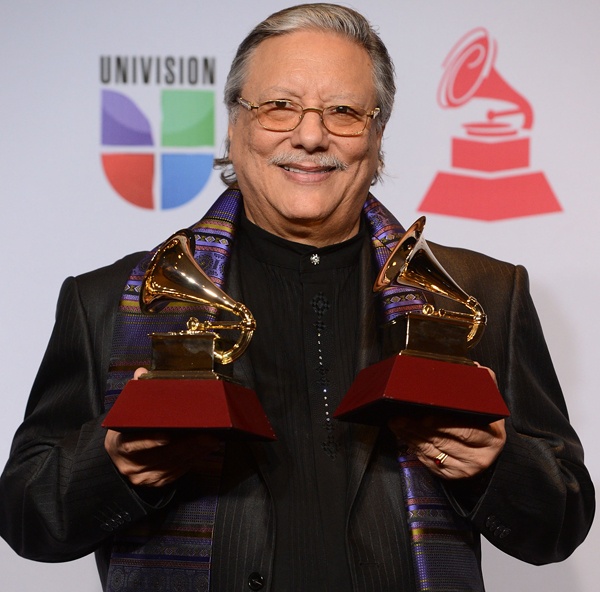
ULTIMATE DUETS includes 11 hilarious tracks: “Andante, Andante” – featuring the awaited return of the globally recognized voice of ABBA’s Anni-Frid Lyngstad. This song from the multi-platinum Super Trooper album marked the first time that a member of the Swedish supergroup has returned to the studio to record one of their classics. Stevie Wonder chose to record “People” (which he and Sandoval first performed at a Grammy tribute to Barbara Streisand), whereas Prince Royce turned the tables and decided to record Stevie Wonder’s “Don’t You Worry ‘Bout a Thing” (Popularized in the 70s) in a contemporary Bachata style.
Likewise, the Spanish singer/songwriter Alejandro Sanz also participated in this album versioning “Corazón Partio” featuring Big Phat Band. In the same way, Arturo recorded with legends and new generation voices: Plácido Domingo (“Granada” feat. Vicente Amigo), Pharrell Williams (“Arturo Sandoval” feat. Ariana Grande), Josh Groban (Solo Esta Soledad), Juan Luis Guerra (La Bilirrubina), David Bisbal (El Ruido), Al Jarreau (After All), and Celia Cruz (Quimbara). “It was very exciting to include something with Celia, whom I always admired and loved very much. I couldn’t make a record of duets without her, the eternal Salsa Queen”, Arturo said.
Although in this album Sandoval shows a great variety of genres, he assures that he won’t move away from Jazz: “It’s my main genre and would never leave it, but I am also a big fan of music in general. I’ve always liked Salsa, Merengue, Pop … Good music is what matters most to me, for that I’m so happy with this album”, Sandoval said for an international media.
Release: May 18th, 2018
Available on your favorite digital platform!
- CHRISTMAS AT NOTRE DAME
Arturo Sandoval, the most dynamic live performer of our time and virtuous trumpeter recorded his FIRST official Christmas Album with the ensembles of Notre Dame one year ago.
This album contains 12 Joyous tracks featuring the Notre Dame Children’s Choir & Isabella Burns (Ave María), Notre Dame Children’s Choir (Joy To The World, O Come All Ye Faithful, and Silent Night), Symphonic Winds (Let It Shine and Fantasy On Fum, Fum, Fum), Notre Dame Jazz Ensemble (The Christmas Song and Have Yourself A Merry Little Christmas), Gabriella Solis & Stephen Lancaster (I’ll Be Home for Christmas), Alyse Jamieson & Jazz Ensemble (All I Want For Christmas Is You), Matthew Kelly & Emorja Roberson (Frosty The Snowman), Victoria Fraser & Notre Dame Children’s Choir (O Holy Night), Sacred Music at Notre Dame Vocalists, and graduate Jazz trio!
Celebrate the Holidays NOW!
Release: October 5th, 2018
- LIVE AT YOSHI’S
The last ISM recommendation is this live album recorded in Yoshi´s, an important venue located in Oakland, California. This Trumpet Concert in which Sandoval and crew render musical honors was launched in 1995 and contains seven tracks: first pays tribute to the genre’s earliest New Orleans traditions (Second Line – Joe Avery’s Blues) then proceeding on to Bebop (Bebop Medley). Without forgetting his deep Latin roots (El Manisero) and his bound-less love for mentor Dizzy Gillespie (Dear Diz and Every Day I Think of You), as well as for trumpet icons Clifford Brown (Joy Spring Sureña) and Miles Davis (Seven Steps to Heaven). A dollop of Clark Terry’s “mumbling” is even thrown in for good measure.
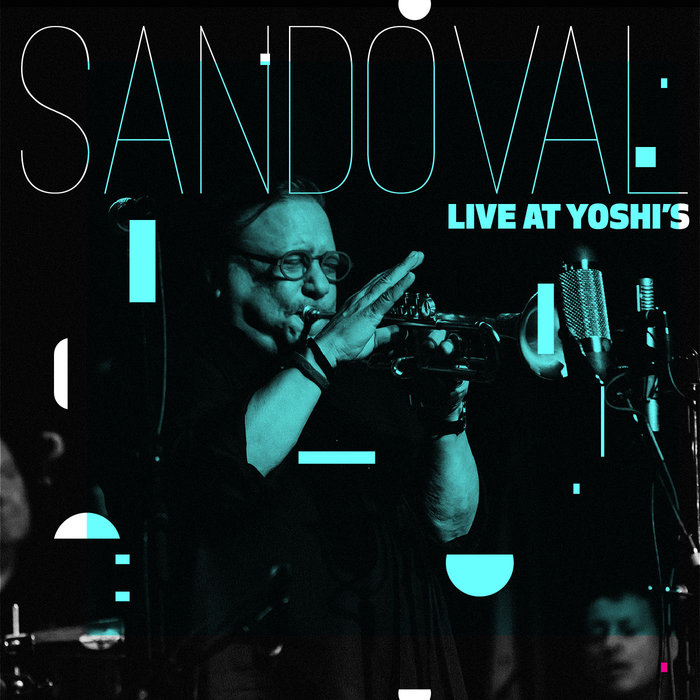
“I enjoyed Arturo Sandoval’s Latin Jazz concert at Yoshi’s night club on July 4th. He combined all kinds of Jazz inspiration into his own unique “Latin Soul” music. His music is so free and universal. I feel Arturo’s inspiration can bring us together and is taking us into a new dimension of our new world… – Yoshi.
Release: October 2nd, 2015
Oh, And if you haven’t seen a concert by this “Trumpet Legend” yet, don’t miss this month 4 days of amazing shows with two sets, so you can attend at the time that suits you best in the city of the White House, Washington DC.
Dates: November 14th, 15th, 16th & 17th
Prices: $71 – $76
Venue: Blues Alley. 1073 Wisconsin Ave. NW Washington, DC 20007
Contact: 202-337-4141
Purchase your ticket online today at https://www.bluesalleylive.com/?fuseaction=home.artist&VenueID=3&artistid=19523
ARTURO SANDOVAL – Trumpet Legend
- 10 Time Grammy Award Winner
- Emmy Award Recipient
- 6 Time Billboard Award Winner
- 2013 Presidential Medal of Freedom Recipient
- 2016 Honorary Doctorate recipient in Fine Arts from The University of Notre Dame
- 2015 Hispanic Heritage Award Recipient
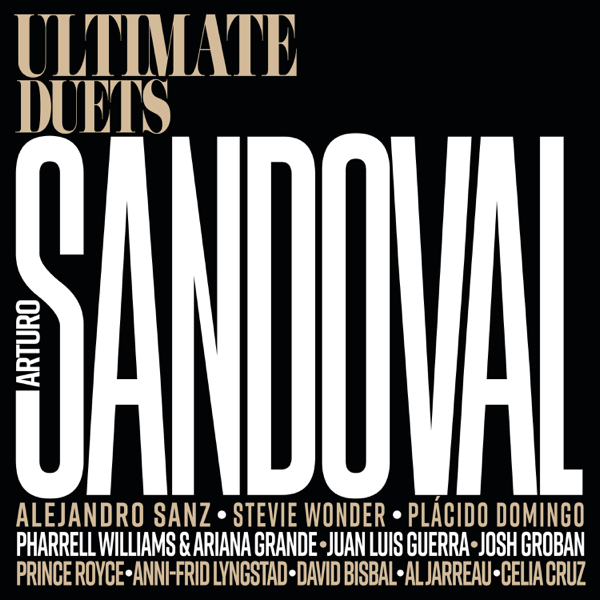
“Cuando una canción es buena, siempre va a ser buena, sin importar quién, cuándo o cómo se cante”. Arturo Sandoval
More about Arturo Sandoval as well as event dates around the world at http://ARTUROSANDOVAL.com/
Social Channel:
